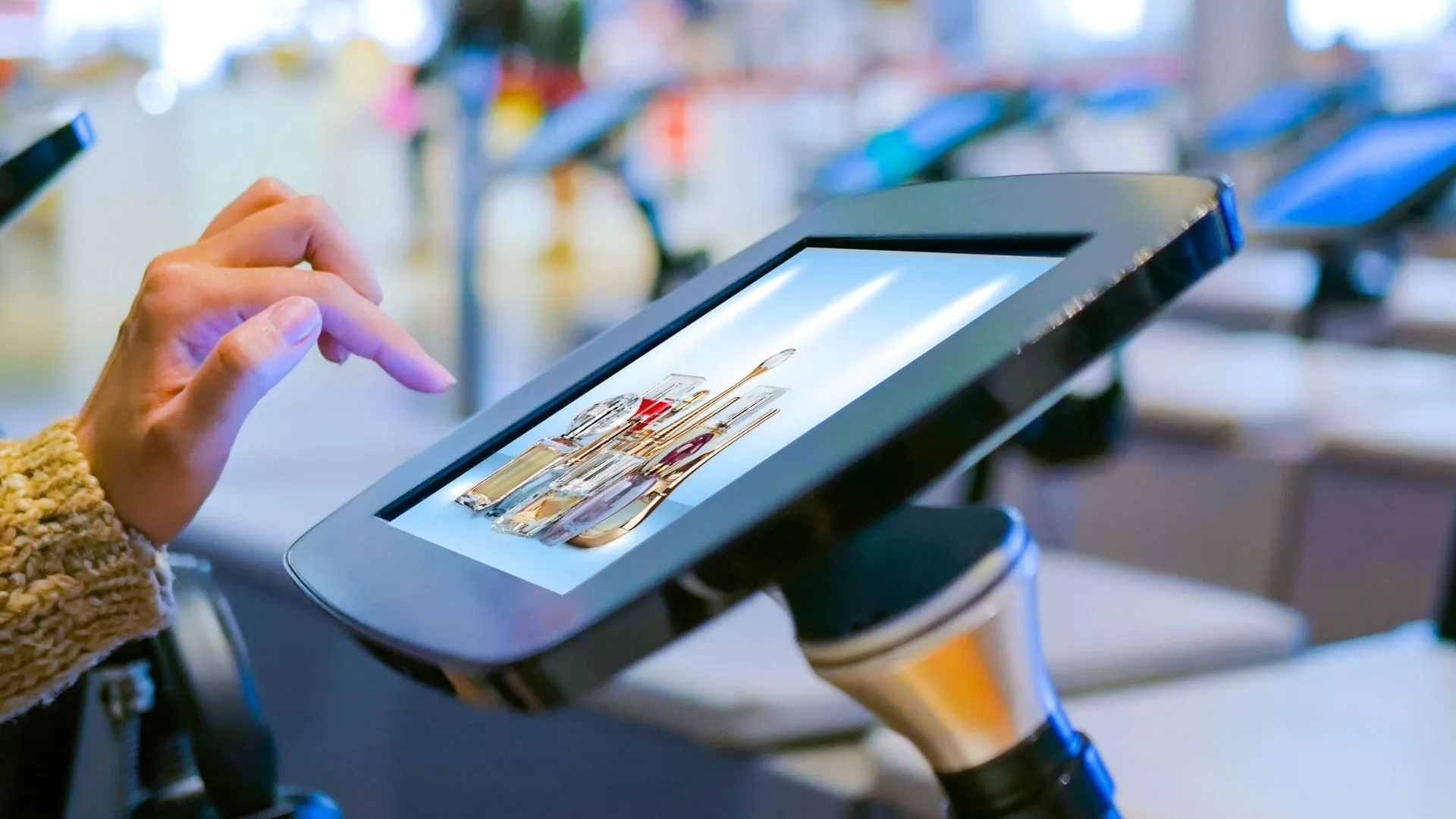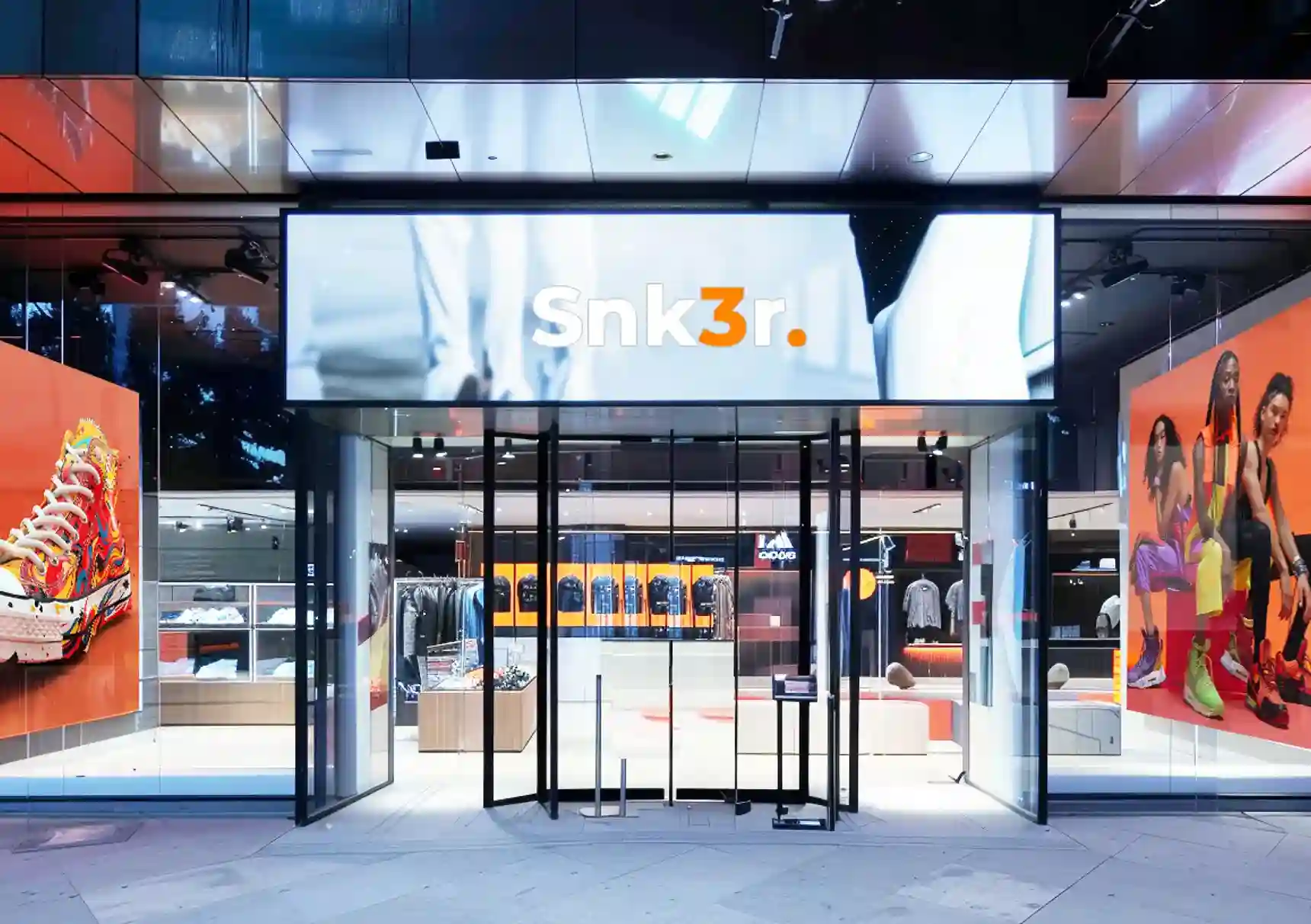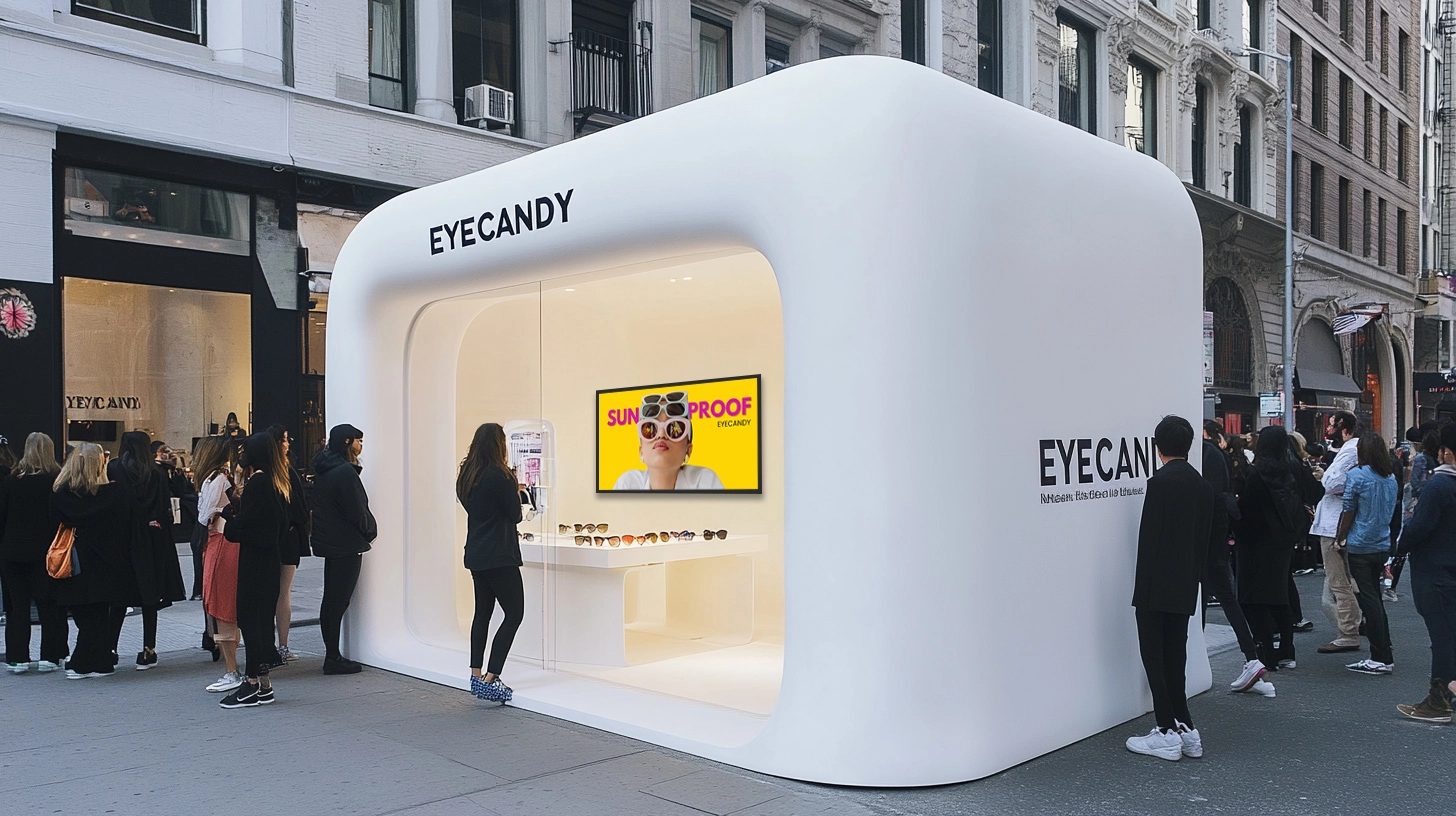Scala’s Guide to Interactive Retail
by Scala Team
Scala’s Guide to Interactive Retail
by Scala Team
Interactive retail is growing rapidly, driven by an imperative for retailers to improve their customer engagement and provide more immersive shopping experiences in line with customer demand. According to the Asia-Pacific Retail Technology Association, shoppers want a variety of experiences when they visit physical retail stores, with 75% of shoppers wanting personalised recommendations and a further 63% of shoppers wanting to use digital tools to find what they are looking for.

- over 70% of retailers in the region are using mobile applications
- over 50% are using augmented reality and interactive digital signage
- over 60% are using virtual reality, and
- more than 80% are planning to leverage interactive technologies in the future.
How does interactive retail encourage deeper product discovery?
Interactive retail encourages deeper product discovery by allowing customers to explore products in a more engaging and immersive way and make better informed purchase decisions. Additionally, interactive retail is an ideal tool to enable personalisation in the form of relevant product recommendations, since it encourages shoppers to provide information about product needs and preferences. More relevant recommendations increase the likelihood of purchase, meaning that interactive retail technology has the potential to significantly boost the retailer bottom line.
What are some common examples of interactive retail?
While interactive retail technology has been on the scene for awhile, retailers are still discovering what types of solutions yield the most impact. Here, we explore some of the most popular forms of interactive retail and how they are creating more engaging shopping experiences.

1. Virtual Reality
Simply defined, virtual reality (VR) creates a computer-simulated environment that can be experienced through a headset or other device and is intended to provide a completely immersive experience. There are many use case examples of how retailers have used VR to enable shoppers to see and imagine products, from furniture and home décor to car showrooms and clothing retail (e.g. virtual fitting rooms). VR technology is constantly improving, with many brands now able to provide hyper-realistic, and often high engaging, virtual product experiences.
2. Augmented Reality
Augmented reality (AR) overlays digital information on the physical environment. In the retail context, customers can use AR to virtually “try on” clothes, makeup, and accessories in a store, allowing them an idea of what the products look like before they purchase them. The data generated by the AR can then be used to provide customers with personalized recommendations based on their preferences, encouraging upsell and cross-sell and enabling deeper product discovery.
3. Interactive Digital Signage
Interactive digital signage for retail can come in many forms, from interactive kiosks to touchscreen LED videowalls and tablets. Interactive kiosks, for example, allow customers to browse products, access product information, and make purchases. There are endless possibilities for how interactive digital signage can be used, from interactive store maps, product finder, endless aisle/digital catalogue, virtual try-on and more.
4. Mobile Apps
Most brick-and-mortar retailers are using mobile apps now in some form, integrated with POS, inventory and other in-store applications to allow customers to browse products, receive personalized recommendations, and make purchases from their devices. Retailers can also use mobile apps to track customer behavior and preferences, allowing them to tailor their promotions and offers more effectively and make more personalized recommendations.
5. Gamification
Gamification involves using game elements such as points, levels, and rewards to engage customers, stimulate purchases and grow brand awareness. Gamification can be used to reward customers with discounts or special offers for completing challenges in-store, such as finding a certain number of products or using social media to share products and brand content with followers. Not only does gamification create a more personalised experience, it motivates shoppers to engage with retail brands on a deeper level.
Explore the possibilities of interactive retail with Scala
With Scala, the possibilities for creating engaging, interactive in-store experiences are endless. Scala has partnered with many retail brands worldwide to deliver deeper customer engagement and drive customer loyalty.
About the Author:
Scala digital signage experts share their experience and thoughts in our blog to provide practical tips and advice for real-world applications. Our team aims to offer interesting content through a variety of formats including long form articles, video logs, interviews and infographics.




